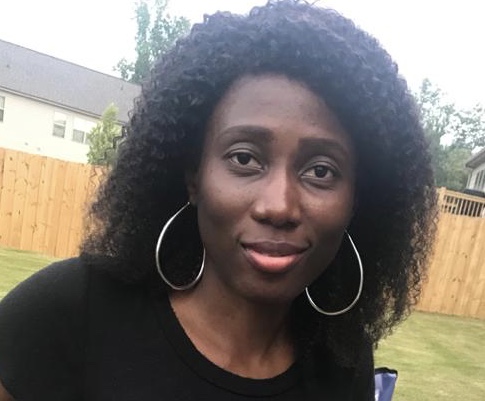Breaking the cycle of intimate partner violence: What can I do?
By E.Y Ayangunna.
My encounter with a victim of intimate partner violence.
I once attended to a woman who presented with a deep clean cut on her elbow which she claimed was from a motorbike accident. On close examination, there were no abrasions nor wounds consistent with a motorbike accident. I expressed my reservations with this account before she admitted that her husband, in reality, had attacked her, throwing a plate at her. She had shielded her face using her elbow. She was also in a hurry to leave because she didn’t want him to know about her visit to the hospital.
It was difficult for me to hold her back against her will, although I did counsel her. I could not blame her either, knowing that delaying her any further could increase her risk. Since then, however, I have believed that there is something more that can be done to break the cycle of IPV. If you read my last article on this topic, you are probably wondering what role you could possibly play in breaking the cycle as well.
Break the cycle but don’t blame the victim.
Individuals, family members and the community all need to play a role in breaking the cycle of violence in our society. No form of violence should be tolerated and if we each play our part, this multi-dimensional issue can be addressed. Victims cannot do this alone and society needs to provide help and support to get out of these situations. It is high time society stops blaming the victim.
Preventing Intimate Partner Violence – What can I do?
Intimate Partner Violence is preventable and everyone can participate in the prevention and reduction of IPV.
Individuals – Individuals should assess themselves for possible risk factors so that these can be addressed. Before committing to any relationship, ask yourself if you would want to be with someone like you. This can help you check if you are a toxic person who is difficult to deal with. You must realize that you need help and also be ready to accept help so people can reach out to you.
For instance, people with unresolved sexual issues such as rape and children who witnessed IPV in their home should get help before starting a new relationship. Carrying the baggage from past experiences to a new relationship can deny your partner of a healthy and safe relationship. If you know you have a narcissistic personality, it is important to see a therapist (psychologist/psychiatrist) so you don’t end up becoming an abuser.
Observing and asking your partner for risk factors can also help you prevent violence. A partner that hits you or talks down on you on a normal day would likely increase these acts when he/she is under pressure.
Health workers – Health workers should be more sensitive when they see patients with inconsistent stories and presenting complaints. Health workers are usually the first point of call or gatekeepers when victims present to the hospital with signs and symptoms consistent with IPV and we should be able to link them with the appropriate care.
I earlier cited the example of the woman who presented to the facility I practiced with a cut on her elbow which she claimed was from a motorbike accident. A high index of suspicion due to the neat wound helped me to verify her history. After treating the wound, I counselled her on the negative impact of violence on her and her children. I gave her the number of the domestic violence unit in the state but I never saw her again. Looking back, I wish I could have done more but IPV is a complex issue that needs an “all hands on deck” approach.
Community Stakeholders – In order to provide continuity of care for victims, several stakeholders must be engaged. Stakeholders include the family, law enforcement workers, religious organizations, the government, and non-governmental organizations.
Family members should provide the social and emotional support needed for victims without judgemental bias. Do not cover the perpetrators.
Couples should also endeavour to model a healthy relationship to their children.
Religious organizations should learn when it is time to engage other community resources, not restricting care to spiritual counselling only. A woman who appears to be depressed should be referred to the hospital for evaluation while they continue to provide her spiritual support. Religious organizations can also organize healthy and safe relationship programs for young adults and intending couples.
There is still a gap in the continuity of care offered to survivors and the government should enact policies that ensure this continuity. Having designated agencies to manage victims is a great start to reducing IPV in our society. The government should work with law enforcement agencies to ensure offenders are punished.
Law enforcement officers should not dismiss cases of IPV because they think it is between the couples and not their business. Punishing perpetrators can help bring closure to victims- usually, only victims of physical abuse might have tangible evidence for prosecution other forms might be difficult to prove in a law court which is why you should be aware of when to take action.
Non-governmental organizations can support victims by creating an enabling environment for them to be economically independent through skills acquisition and short-term loans. Organizing seminars to “catch them young” so teenagers and young adults in schools can know red flags in friendships will help prevent IPV.
Finally, are you being abused, an abuser or an enabler? ARE YOU SAFE?
To screen for risk factors and signs associated with IPV, please take this survey:

Dr Ayangunna is a public health physician with interests in improving maternal and child health outcomes.
